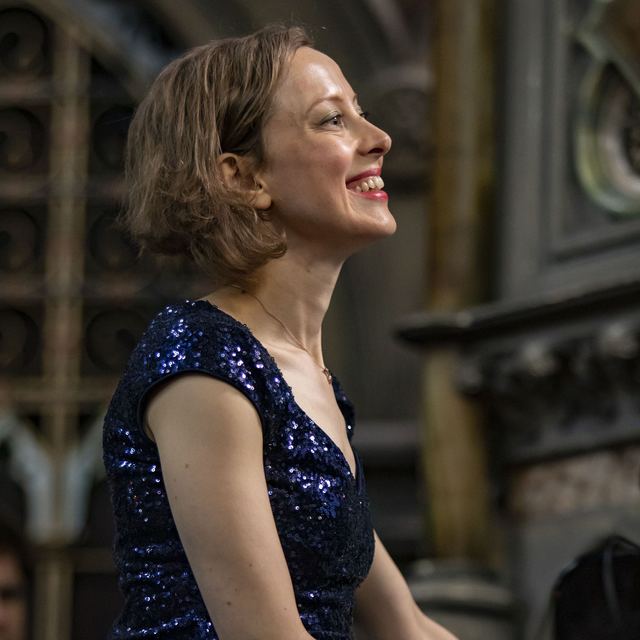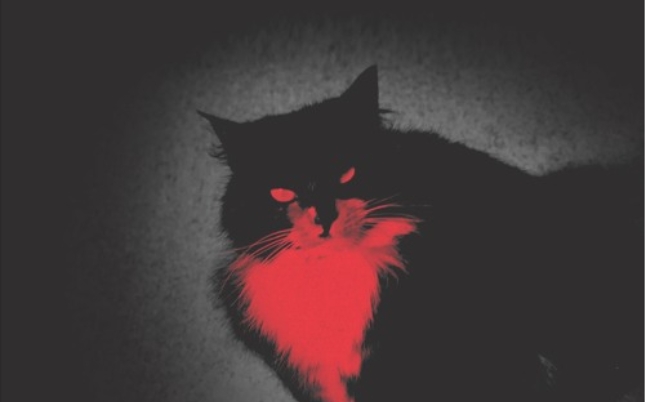 Atonal Electronic Chamber Music for Cats, a new album of electronic music by Xenia Pestova Bennett, has had its recent launch. Sarah Ballard caught up with Xenia to hear about the recording.
Atonal Electronic Chamber Music for Cats, a new album of electronic music by Xenia Pestova Bennett, has had its recent launch. Sarah Ballard caught up with Xenia to hear about the recording.
Tell us about Atonal Electronic Chamber Music for Cats and the inspiration behind it.
I started this project during the first UK lockdown in 2020. Suddenly, all of my performances disappeared and I completely lost the drive to play the piano. I’ve decided to try something different: dig out a few synths and play around with sounds. I had no idea where it might lead at the time, the music sort of composed itself, as if I was just wriggling my fingers and the sounds were coming out. It was a kind of an escapist fantasy, disappearing back into the sound world of late 1990s and early 2000s to get away from the dystopian present.
What is the relationship between your work as a pianist and as a composer?
Although I compose for other instruments as well, at the moment my primary focus is to create something that I can “make” myself - either purely electronic, or something that I play or participate in as a pianist / keyboardist. This gives me a very direct physical / tactile connection with the content. This project also has a tactile quality to it - I purposefully did not quantise the tracks. I multitracked everything by listening and trying to intuit how things fit together, hence the “chamber music” of the title - playing along with yourself! I also have many memories of playing tapes in my Walkman as a teenager and completely wrecking them until they were wobbly and uneven: for me, this music has this fragile quality of a worn-out cassette.
Do you own the vintage synths in the recording?
My other half composer Ed Bennett owns the Yamaha CS1X, which was used for much of the source material in the initial recording stages. I was lucky to have access to the epic Korg MonoSynth 2000 courtesy of Michael Keeney and borrowed the MicroKorg Vocoder from Hannah Peel as we were all living around the corner from each other in a seaside town in Northern Ireland.
The remix tracks by Rrose and The Transcendence Orchestra really enrich the album as a whole. How did this collaboration come about?
I appreciate the incredibly diverse work of these artists, who are mostly active in fields that are quite different to my own, although we do have a lot of overlap and share the love of experimentation. I met Rrose (Seth Horvitz) and the duo of Dan Bean / Anthony Child in London a few years ago, initially introduced by a mutual friend and then subsequently at a crazy experimental performance event in an underground shaft of the Brunel museum in London, where they were featured artists. We stayed in touch and occasionally intersect online or at each other’s performances, which is always fun, so I felt that they were obvious choices to ask to contribute to this project. I am honoured to have them join me!
What would you like the listener to take away from this recording?
I hope you like the sounds - with all their touching nostalgic inherent unapologetic cheesiness. These instruments contributed so much to a whole generation of music listeners at an important time, and their sonic imprint remains lodged in our ears and our hearts. Enjoy the corny glory, humour and humanity of the "sounds of the future” from the past.
